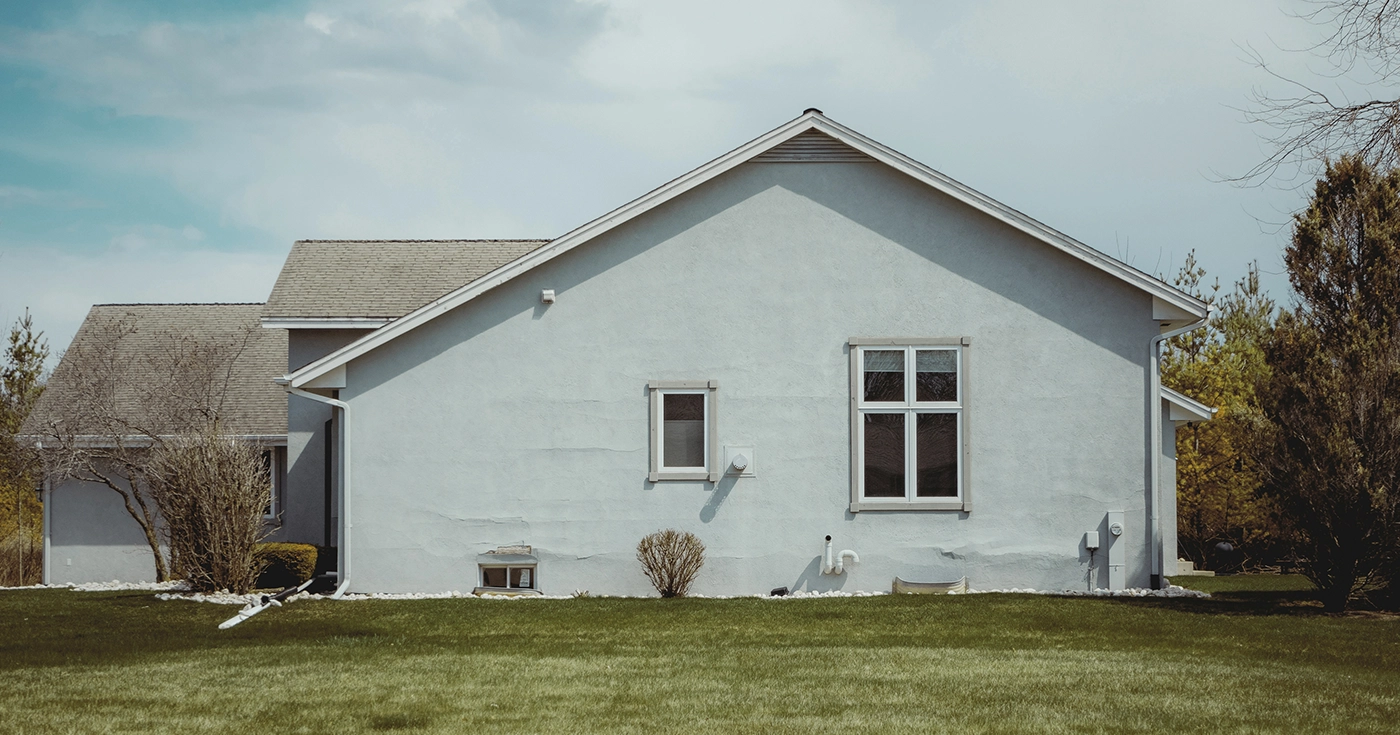
Increase in Investment in Second Homes
Investment in second homes is gaining momentum in Spain. This type of operation currently represents 6% of all mortgages requested throughout the year. According to a press release from Gibobs.com, published by Infobae, there has been a 20% increase compared to the same period in 2024.
Most Active Areas
Coastal regions, both for their vacation appeal and investment potential, are driving most of the sales. Three regions account for half of all transactions: the Valencian Community with 22%, Andalusia with 18%, and Catalonia with 13%.
More Owners with More than One Property
Data provided by the INE confirms this growth in the number of transactions. According to the agency, the percentage of Spaniards who own more than one property has reached 15.5%. This trend is even stronger in large cities with more than 500,000 inhabitants, where the percentage rises to nearly 25%.
For Jorge González-Iglesias, CEO of Gibobs.com, this growth reflects a shift in buyers’ priorities, who are increasingly interested in diversifying their wealth and improving their quality of life.
Price and Financing Options
Gibobs also reports an increase in the average value of second homes in 2025. Specifically, prices rose by 3.4%, from €167,456 to €173,178 this year. It also indicates that, of the total property value, the portion financed by buyers amounts to 74%, that is, €115,969. This proportion is lower than that observed in the purchase of primary residences, where financing typically reaches 80%.
One of the main incentives for buyers today is the trend in interest rates, which continue their steady decline. Currently, mortgages below 2% fixed nominal interest rate (TIN) are available.
However, purchasing a second home comes with stricter financing conditions compared to a primary residence. The financing level tends to be lower, making it essential to fully understand all the requirements associated with these financial products before starting the process.
Profile of New Buyers
According to a survey of more than 3,000 people compiled in the Fotocasa Research report, those seeking a second home present a balanced profile between men and women, with an average age of 42. In terms of socioeconomic status, upper and upper-middle classes clearly predominate (60%), while lower classes account for less than 20%. Additionally, there is a growing demand coming from the Community of Madrid (24%) and Andalusia (19%).
Buy or Rent?
The property portal also highlights the need to distinguish between those who buy and those who prefer to rent. As stated by María Matos, Head of Research and spokesperson for Fotocasa, “two different realities coexist within the second-home market.” She added: “The gap between those who want to buy and those who prefer to rent is shrinking, reflecting a growing diversification in the ways people access housing.”
Investment with Returns
Along these lines, the VI Mortgage Barometer prepared by the Financial Users Association (ASUFIN) points out that 56% of those applying for a mortgage for a second home do so with the intention of renting it out or selling it. In other words, more than half are seeking an economic return in the medium or long term.

